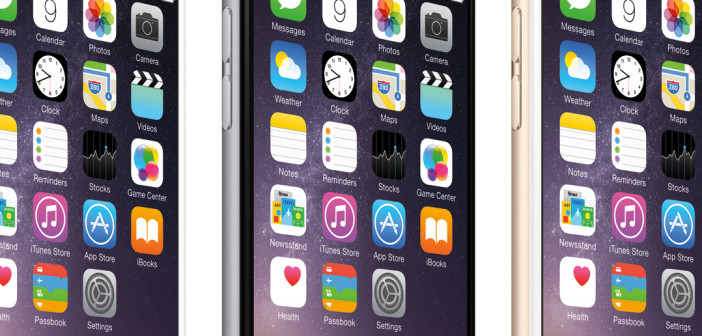By Raj Seth Sharma, director of product management, Moxtra
WebRTC has been represented by Google and other supporters as the missing piece of the puzzle for integrating live voice, video and text into web and mobile apps. Though WebRTC is adequate as a quick and easy solution for embedding communication into your web app, upon closer examination, there are still a few missing pieces before the puzzle is complete.
Let’s take a closer look at what WebRTC provides today to determine whether there are some situations where alternative approaches are better suited. But firstly let’s set some context for the discussion by defining what is WebRTC and what are its stated goals.
What is Web RTC?
The official WebRTC website states that: “WebRTC is a free, open project that provides browsers and mobile applications with real time communications (RTC) capabilities via simple APIs.” Its mission is, “To enable rich, high quality, RTC applications to be developed for the browser, mobile platforms, and Internet of Things (IoT) devices, and allow them all to communicate via a common set of protocols”.
According to analyst firm Disruptive Analytics the market for webRTC is massive. Disruptive Analytics’ latest industry estimate put the number of mobile devices incorporating WebRTC components at 3.5 billion today, growing to a whopping 6.5 billion by 2019.
Why all the excitement?
webRTC has some really positive things going for it. It’s an open standard and therefore it’s free of charge, which is a massive plus for developers of consumer apps with a low (or no) income per user model, where price is more important than quality.
What’s more developing real time multimedia communications capabilities requires a huge amount of time and specialist skills to perfect. This API offers a short cut and means that the average Javascript or HTML developer can introduce RTC into their app quickly and cheaply. It also means that they don’t need to worry about the thorny issues of interoperability, third party plug-ins, security patches or upgrades.
From the user standpoint this means the chance to initiate voice calling, video or live text within a mobile or web app without the need to open a separate app like Skype. So what’s not to like you might ask?
Looking at the downsides
There are a few major drawbacks still evident today. One of the biggest is the lack of support from two of the industry’s biggest players, Apple and Microsoft. That means that as much as 45% of the mobile operating system market (according to the latest comScore figures) don’t support WebRTC either for the desktop or the mobile environment and given Apple’s dominant marketshare in the enterprise market for mobile, that’s a fairly significant drawback. But lack of broad market and vendor support isn’t the full story.
It also depends on the nature of the communication experience you’re designing for. If you’re looking for a more collaborative experience involving lots of users, as would be the case in say a customer relationship management (CRM) or e-learning environment, then alternative purpose-built collaboration platforms may be a better approach because the open standard only supports limited multi-user collaboration. It also operates best in a synchronous mode where everyone is in the same time frame, but doesn’t offer the ability to record, store or play back video or voice messages for users operating in different time zones.
The promise of interoperability is also undermined by the variety of different open standard versions of WebRTC on the market for different browsers. For mobile users moving between different networks, the quality and reliability of voice and video communications are likely to be negatively impacted by lost connections and degradation in quality as the current version lacks the ability to dynamically adapt to available bandwidth.
Concerns also exist about the security of the WebRTC standard and the possibility of denial of service attacks or fraud being perpetrated via the browser interface. Another factor for an enterprise app is its inability to function behind proxy servers such as firewalls which are a mainstay of most corporate security infrastructures, as well as the lack of quality support available from a single source for all variations of the protocol.
Evaluating the options
So, returning to the original question of whether WebRTC is the final piece to the real time communications puzzle for developers, today that isn’t the reality. For some one-to-one consumer apps like a customer service portal, where cost outweighs reliability and there is no real need for interaction and engagement like screen sharing or white-boarding, then WebRTC could be an adequate solution.
But for an enterprise app where security, reliability and the need to connect multiple users is of paramount importance, there are better platforms available that make the process of embedding live voice, video and text within corporate apps easy and quick and which ensure a high quality user experience that is both robust and secure.
moxtra is a multi layered, embeddable collaboration companion app that works the way modern teams do.





